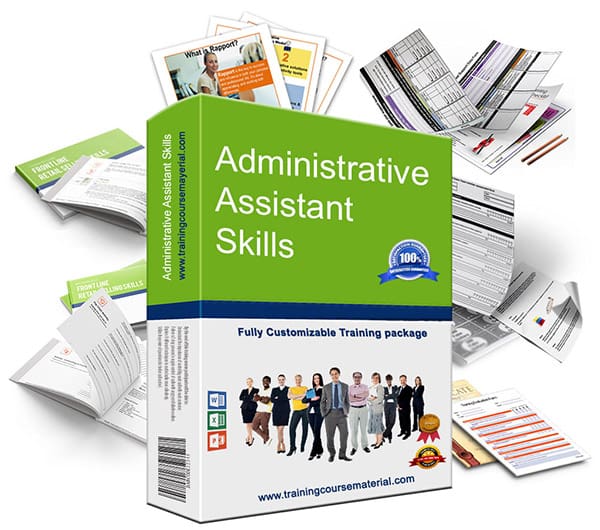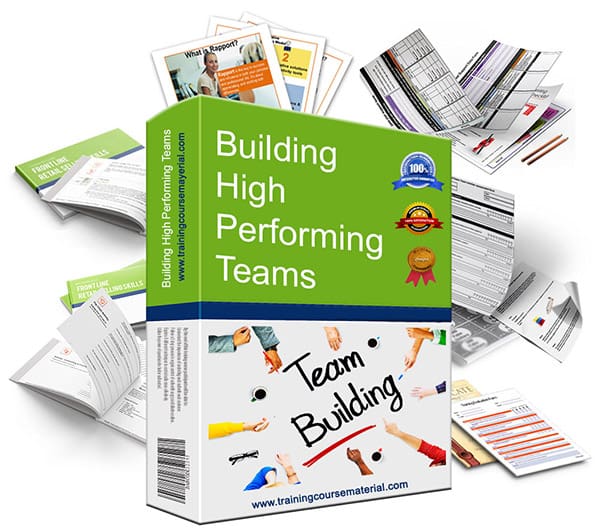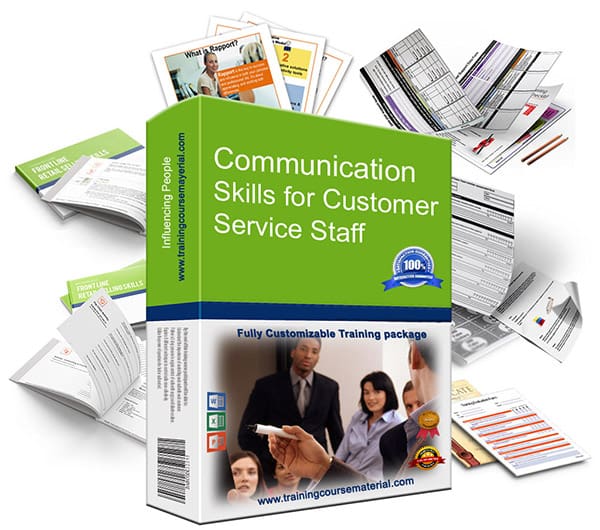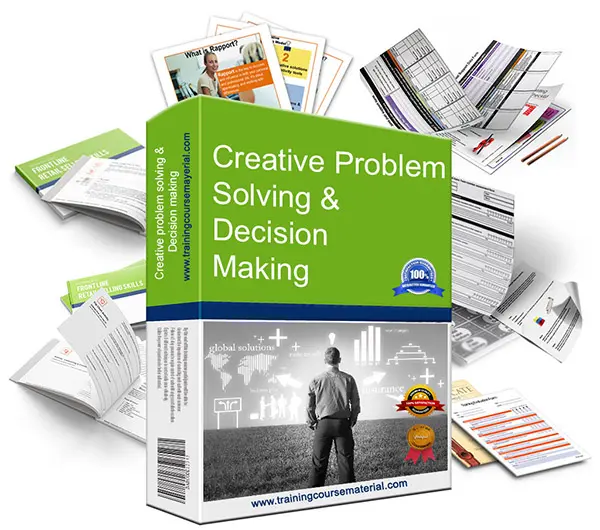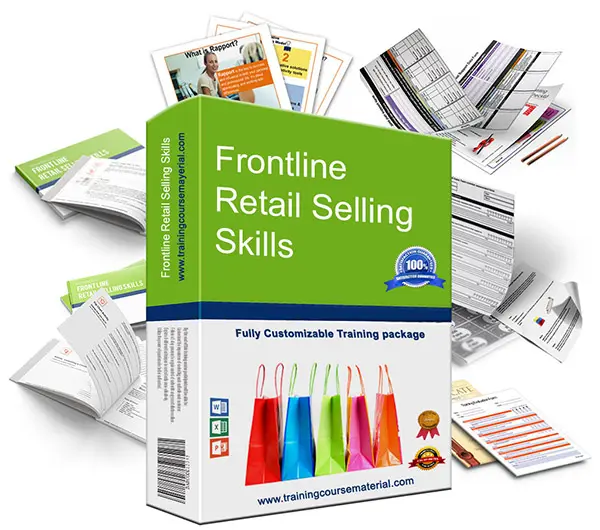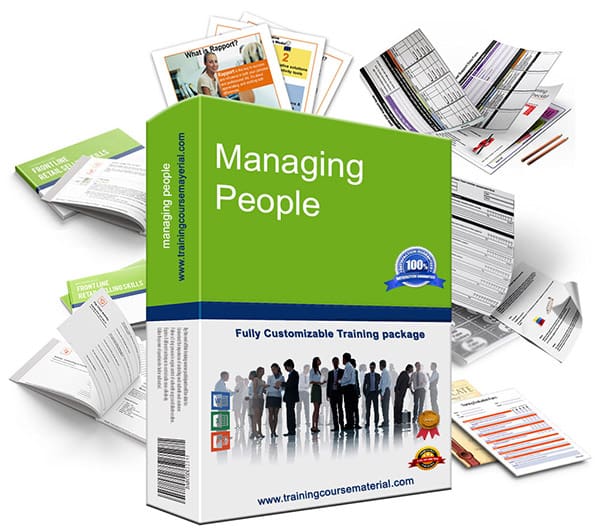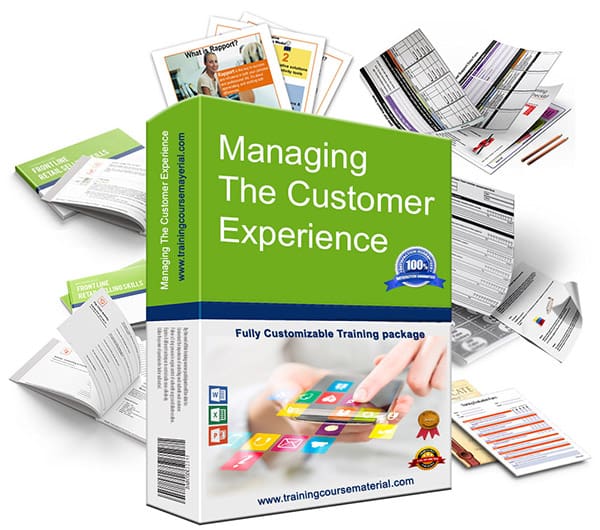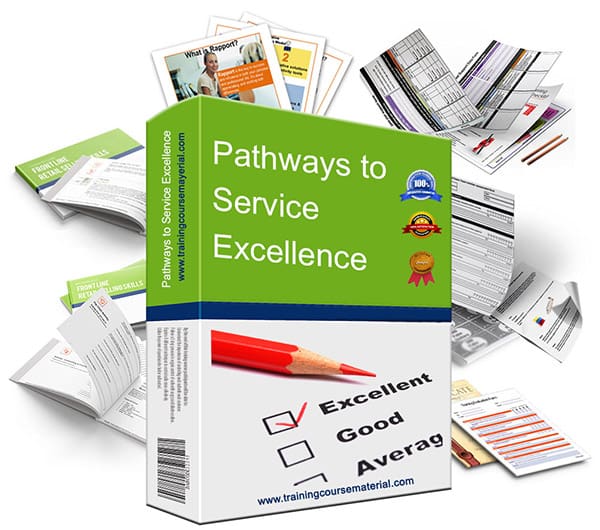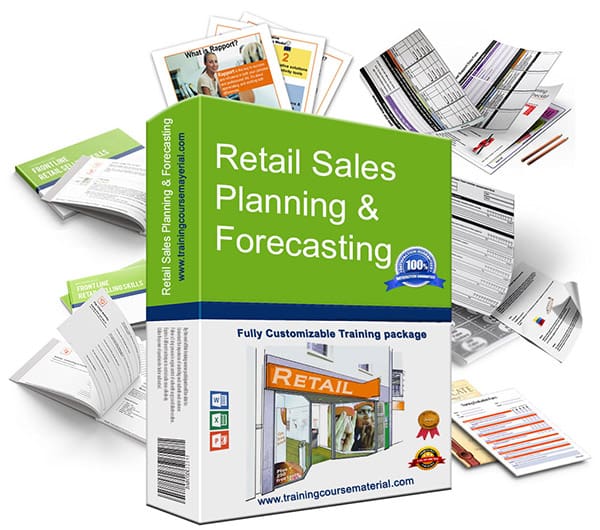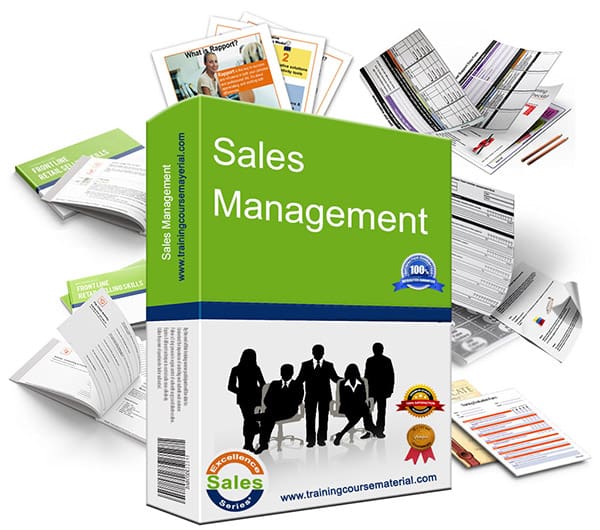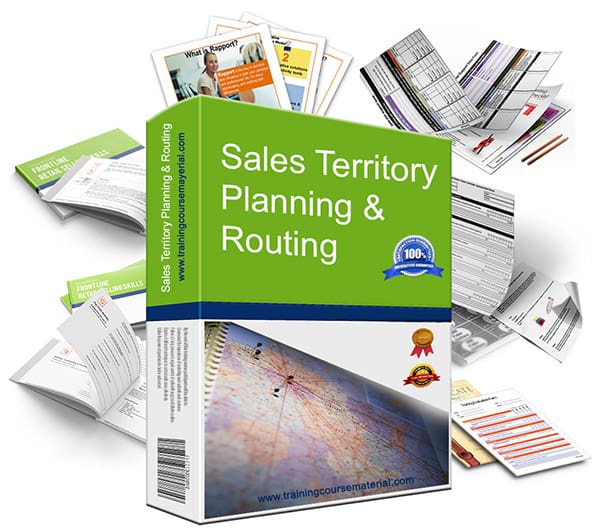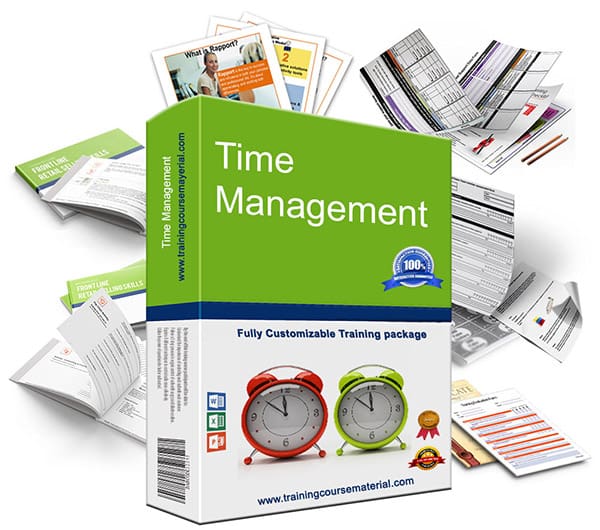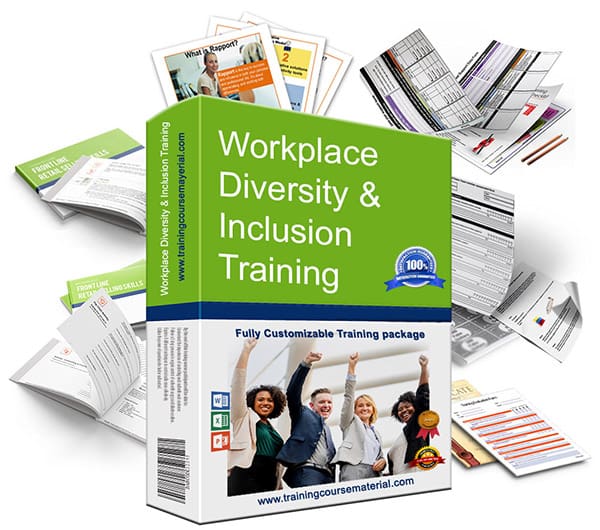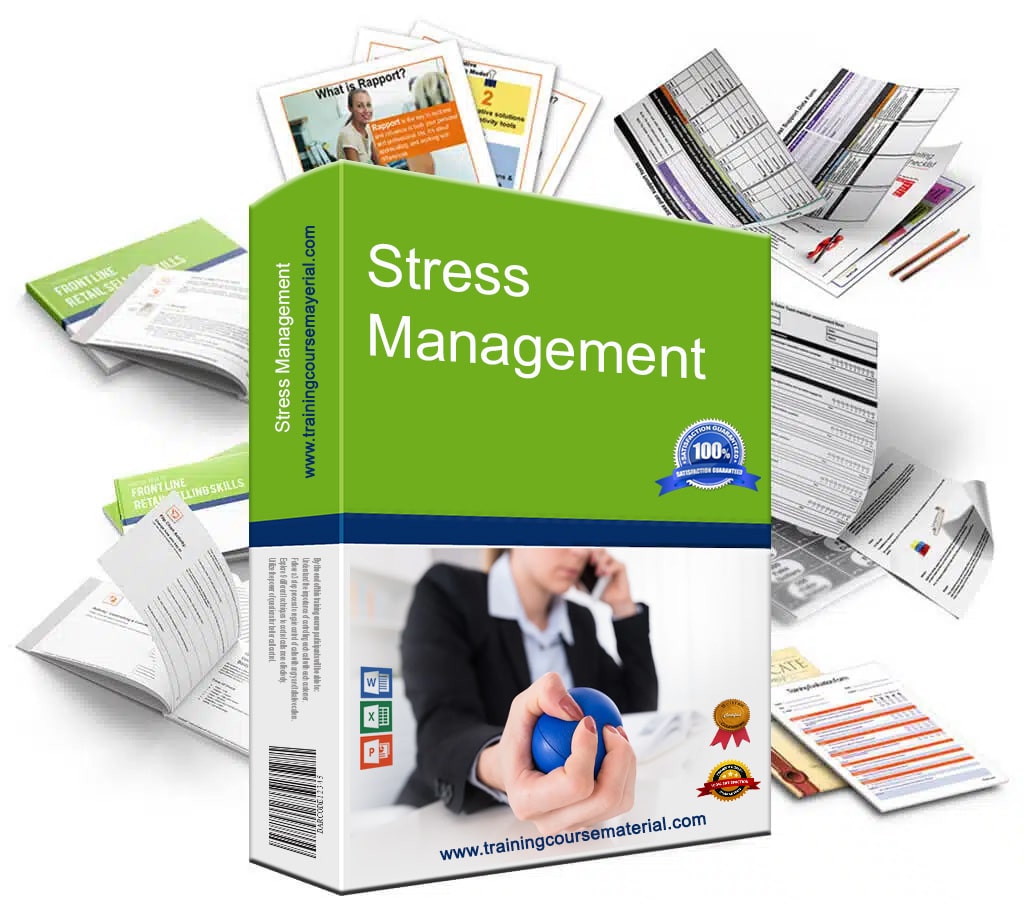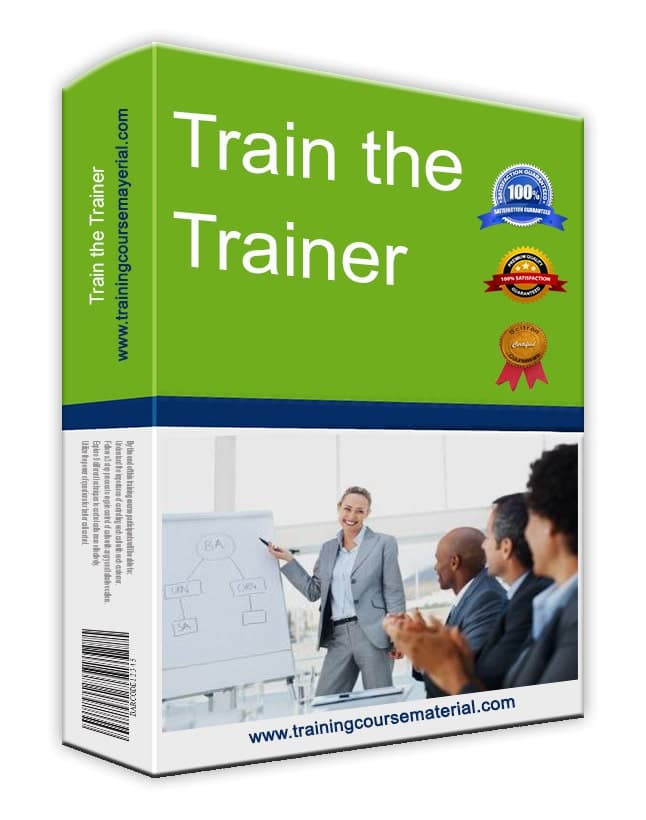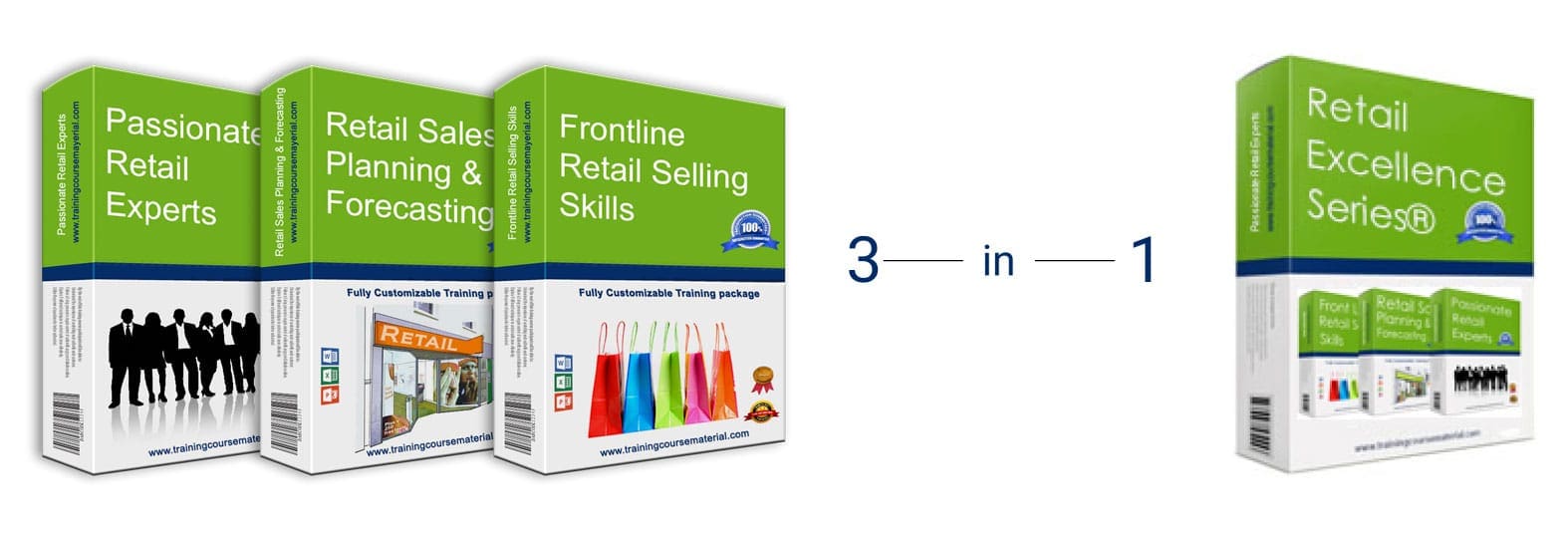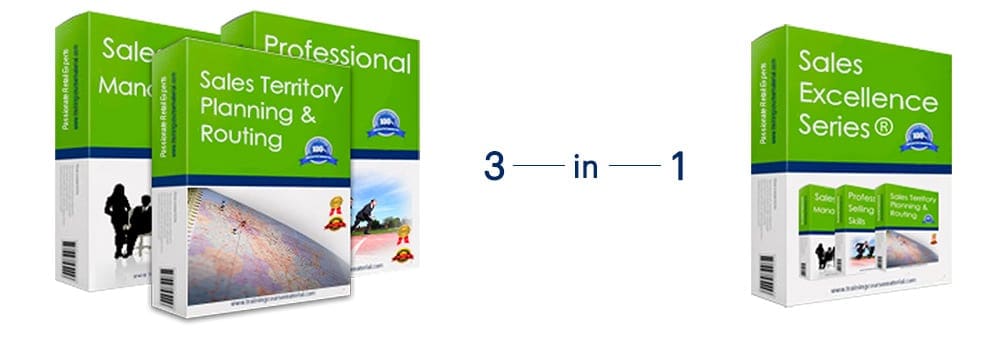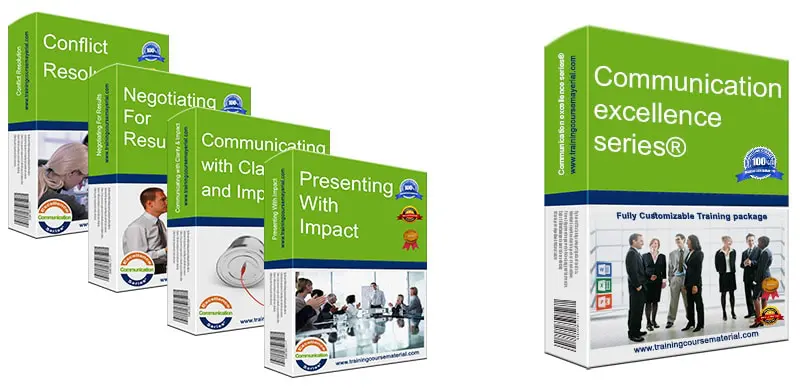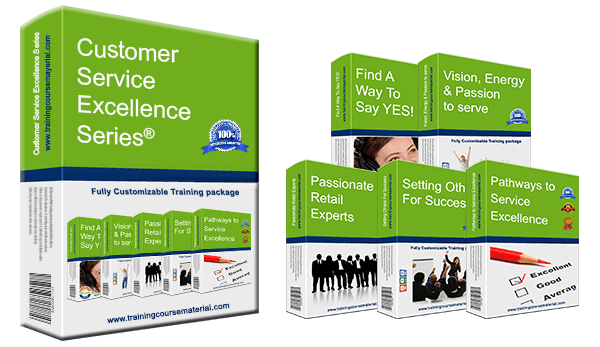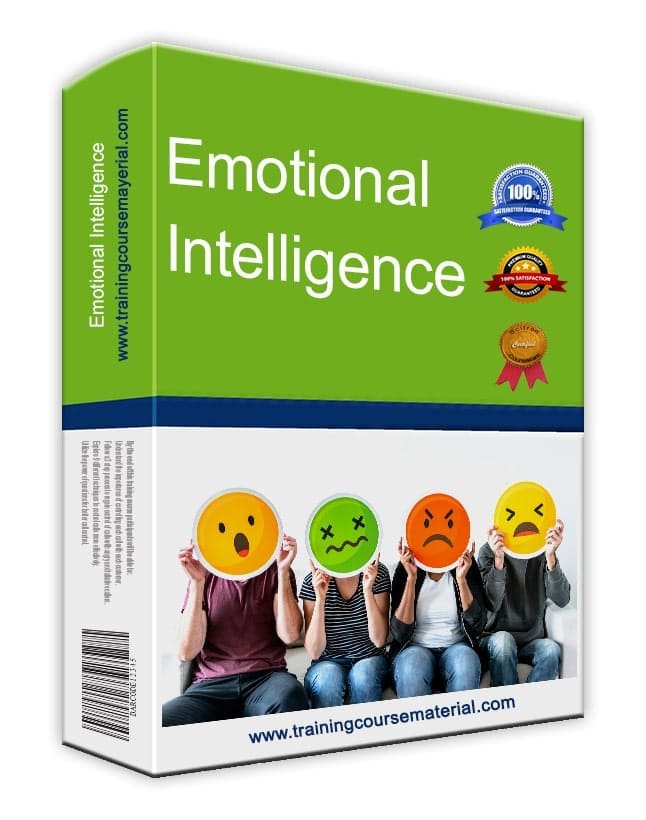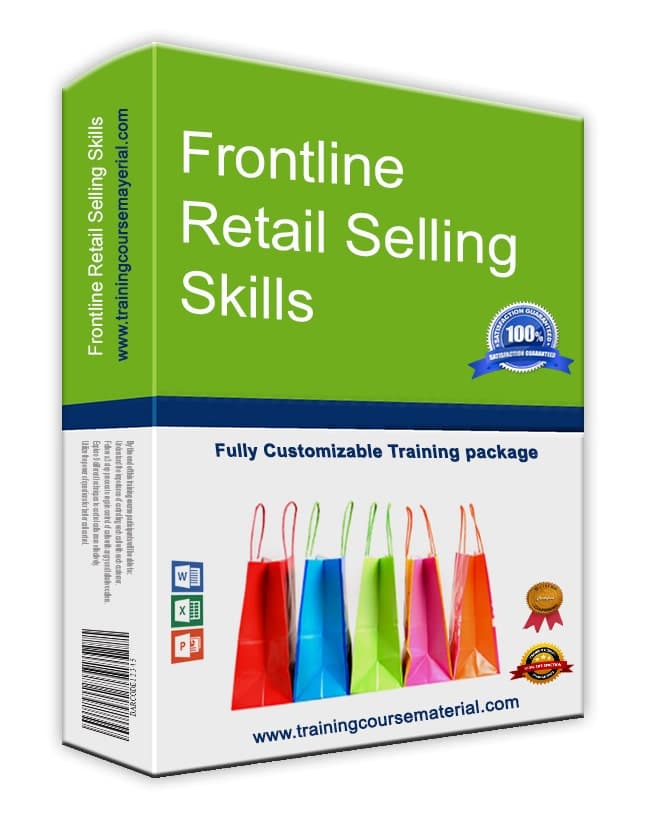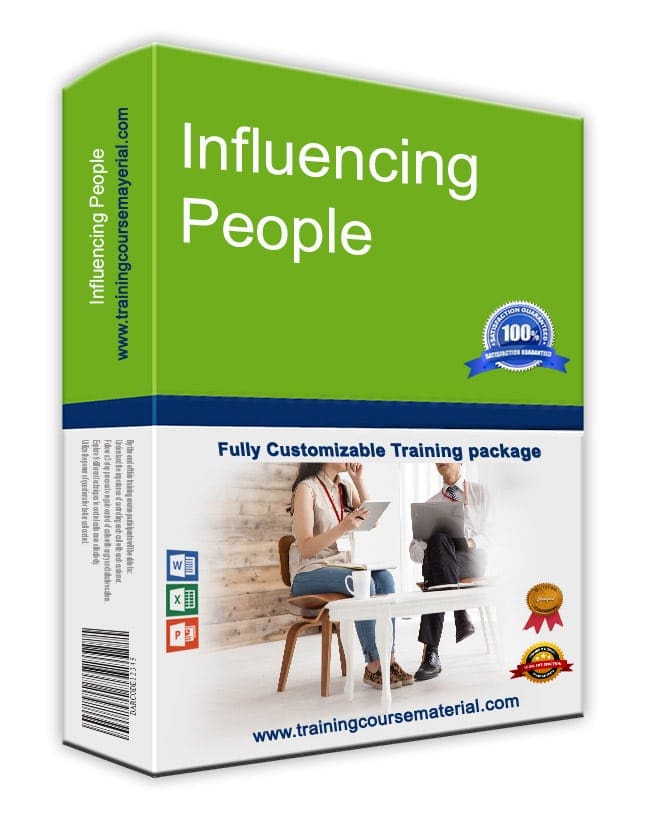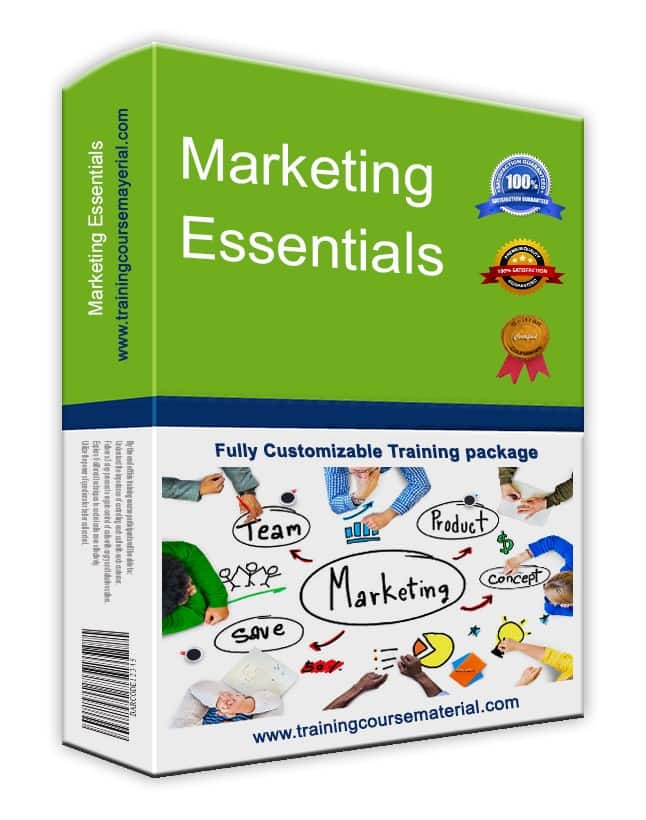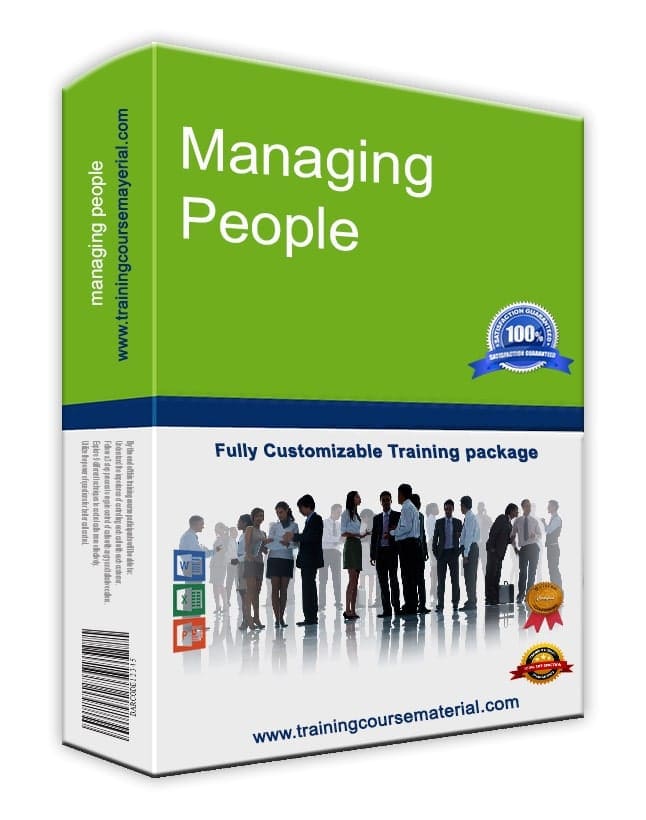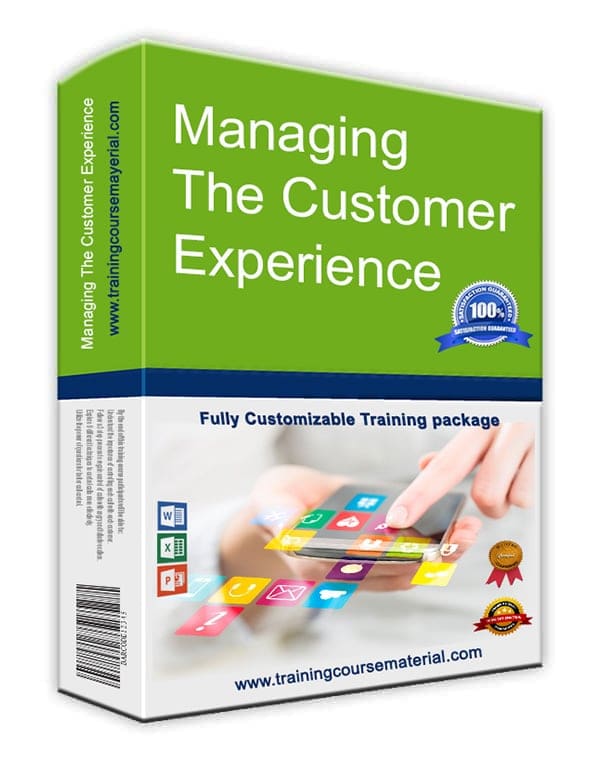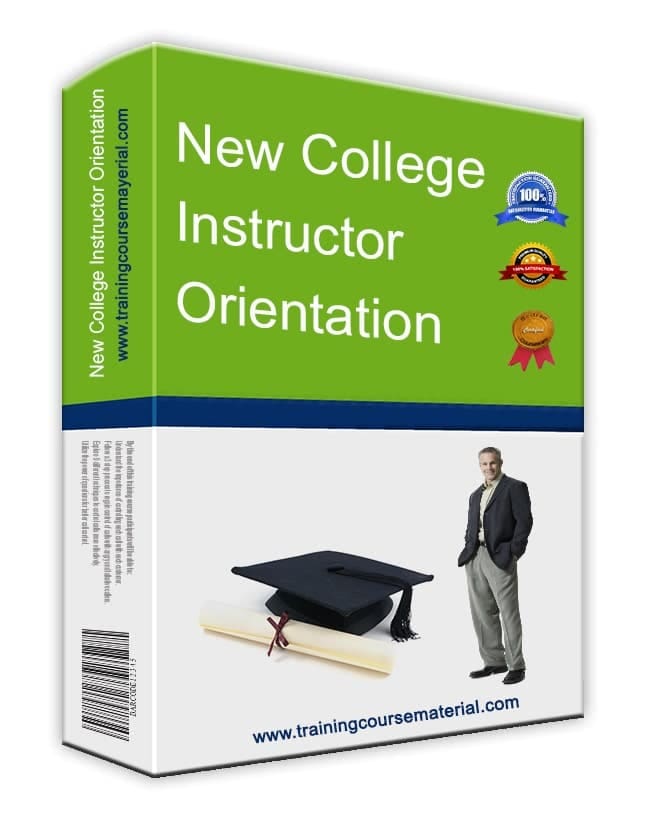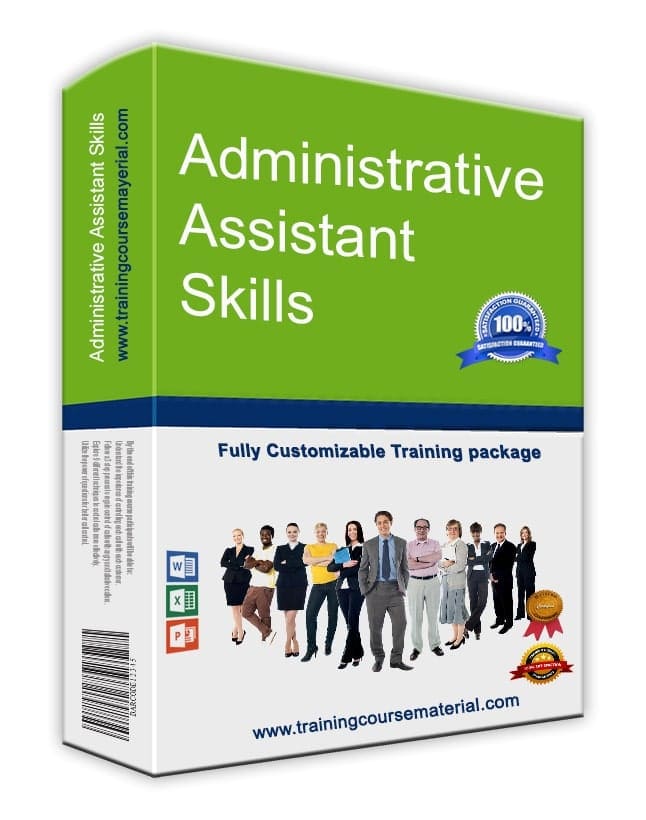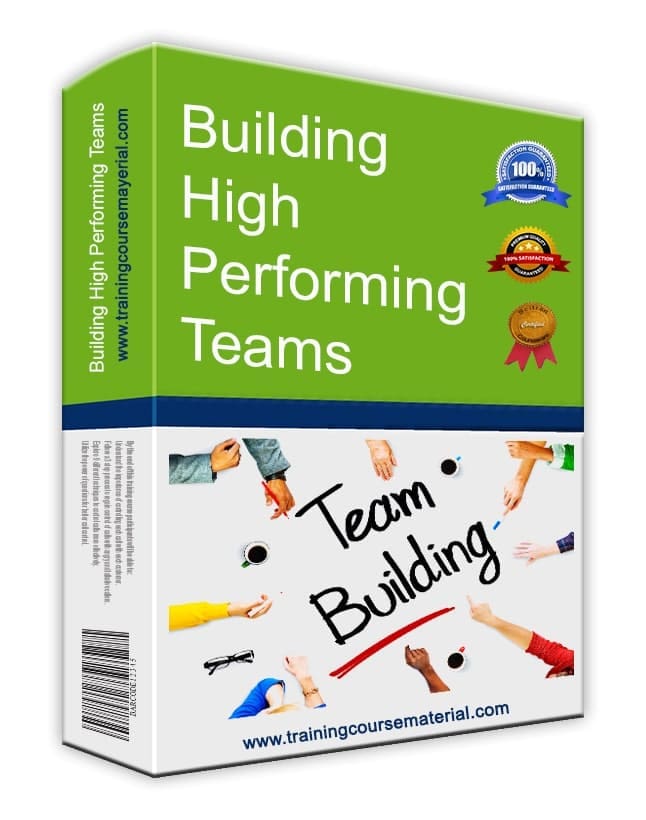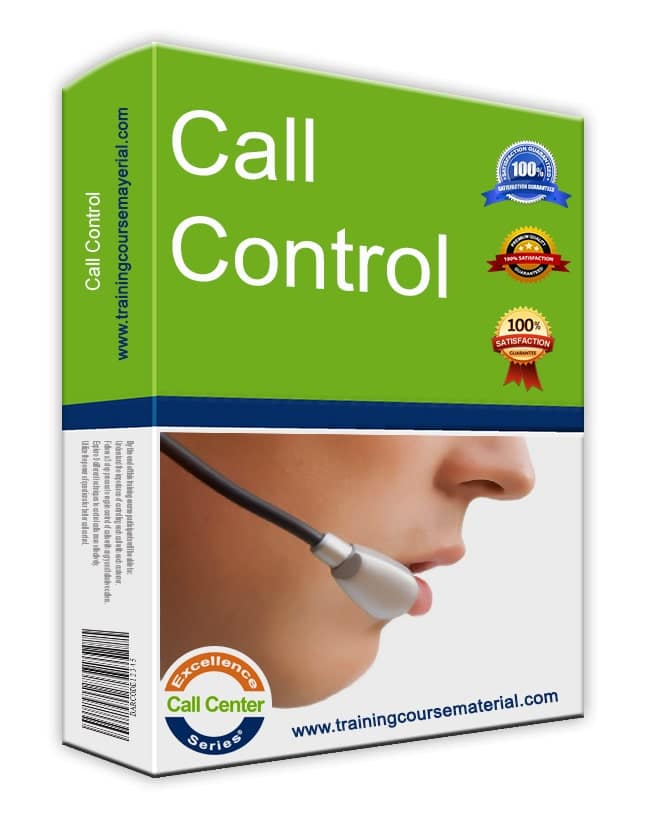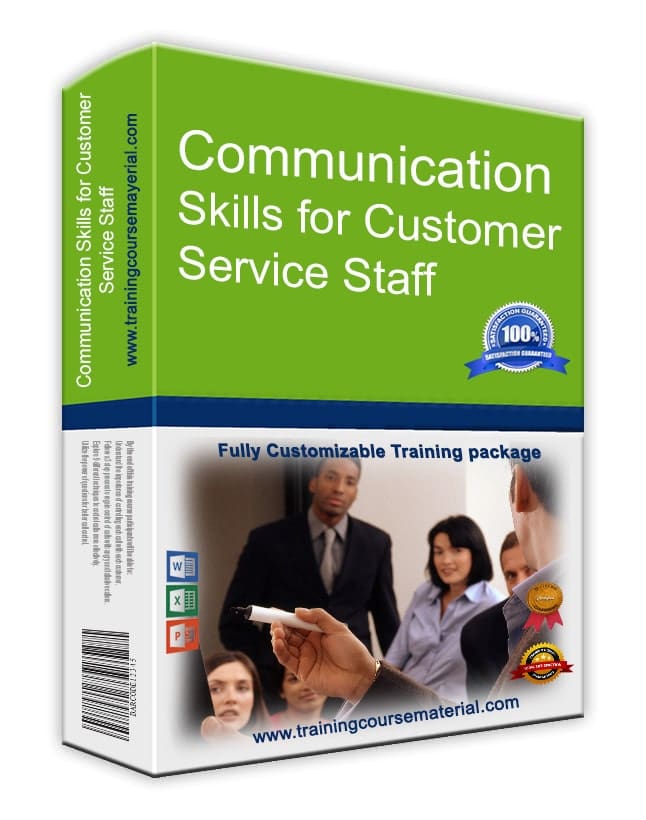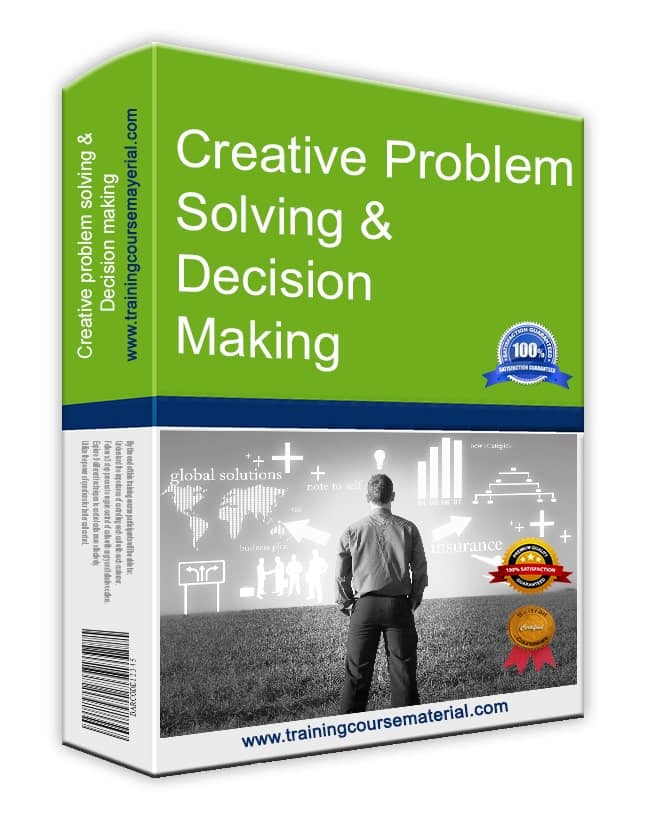Workforce development is more than training—it's about building future-ready teams. In today’s fast-paced job market, companies that prioritize employee growth adapt faster, retain top talent, and stay competitive. Whether you’re an HR professional, business leader, or team manager, this guide helps you understand what workforce development is, why it matters, and how to put it into action.
📘 What Does Workforce Development Mean?
Workforce development is the strategic process of improving employee skills, knowledge, and capabilities to align with business goals. It includes training programs, upskilling, soft skills development, mentorship, and career progression planning. The goal: boost performance and build a stronger, more resilient workforce.
🎯 What’s Included?
💡 Why Workforce Development Matters
- Improved Performance: Trained employees perform better, faster, and with more confidence.
- Retention: People stay where they grow. Development programs show commitment to employee futures.
- Tech Adaptability: Upskilling ensures your team keeps pace with evolving tools and tech.
- Better Morale: Learning opportunities increase engagement, motivation, and satisfaction.
- Competitive Edge: A skilled team leads to better service, innovation, and market agility.
- Leadership Growth: Internal leadership pipelines reduce hiring costs and improve cultural continuity.
- Risk Reduction: Training in compliance and safety lowers the chance of legal or operational issues.
- Customer Satisfaction: Skilled staff deliver better service—plain and simple.
🛠️ How to Build a Workforce Development Strategy
- Assess Needs: Pinpoint skill gaps by talking to team leads and reviewing performance data.
- Set Goals: Align development with business outcomes—retention, innovation, customer satisfaction, etc.
- Design Programs: Use a mix of in-person, online, peer-based, and third-party training options.
- Offer Support: Encourage ongoing learning with mentorship, learning platforms, and time to learn.
- Measure Impact: Use KPIs like productivity, turnover, and internal promotions to track success.
- Foster a Learning Culture: Recognize effort, encourage sharing, and make learning part of daily work.
🔗 Recommended Tools & Resources
- 💬 Communication Skills Training Material
- 👥 Team Building Training Package
- 🧠 Emotional Intelligence Training
- 🧑💼 Take the 'What Kind of Office Personality Are You?' Assessment
❓ Frequently Asked Questions
What’s the difference between workforce development and training?
Training is just one component of workforce development. Workforce development includes broader strategies such as career pathing, mentoring, and soft skills development.
How can small businesses afford workforce development?
Small businesses can start with low-cost options such as peer-to-peer learning, free online resources, and focused coaching by internal leaders.
👤 About the Author
This article was written and published by TrainingCourseMaterial.com, a trusted resource for professional training materials and assessments.

